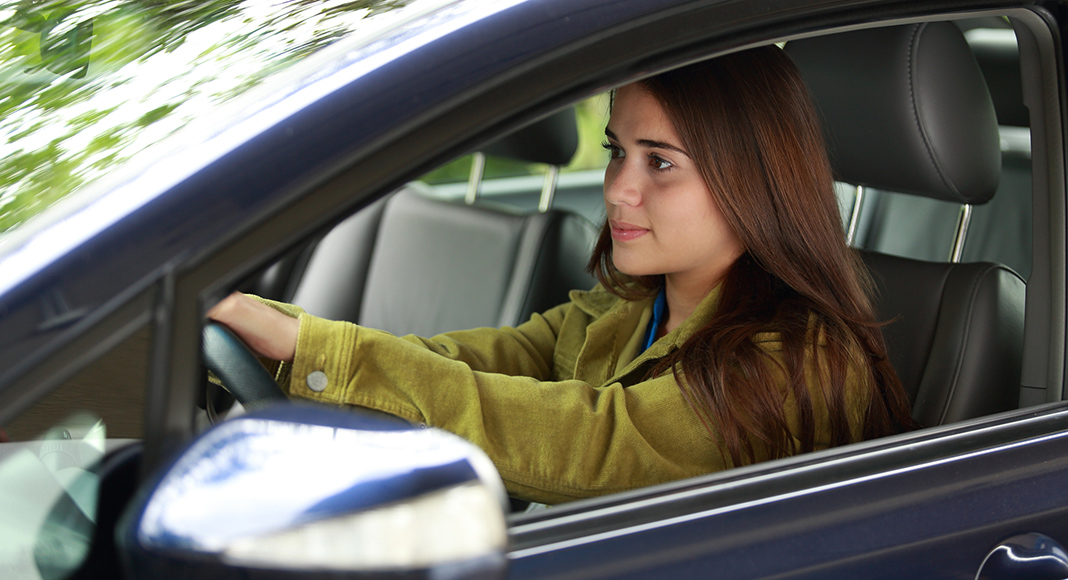Young autistic drivers have lower rates of moving violations and license suspensions, as well as similar to lower crash rates compared with their non-autistic peers, according to new research.
The study from the Center for Injury Research and Prevention (CIRP) and the Center for Autism Research (CAR) at Children’s Hospital of Philadelphia (CHOP) is the first to objectively look at the real-world risk of crashes and traffic violations among autistic adolescent and young adult drivers.
Prior studies with driving simulators suggested that autistic drivers may be at higher risk for motor vehicle crashes, since autism spectrum disorder (ASD) can affect motor coordination and visual processing speed, both critical skills for safe driving.
‚ÄúOur findings are noteworthy because they suggest newly-licensed autistic drivers may establish driving patterns that balance independent mobility and risk, bringing their crash risk in line with other young drivers,‚ÄĚ said Allison E Curry, PhD, MPH, senior author of the study and a senior scientist and director of epidemiology at CIRP.
‚ÄúBy learning more about their driving patterns and how their crashes differ from those of their peers, we can develop tailored training to help autistic adolescents and young adults develop the range of skills needed to become safe, independent drivers.‚ÄĚ
Researchers examined data from New Jersey residents born between 1987 and 2000 who were patients in the CHOP Care Network. Their electronic health records were linked with statewide driver licensing and crash databases. The data included 486 autistic and 70,990 non-autistic licensed drivers over their first four years of driving. The study team also examined the proportion of crashes that were attributed to specific driver actions and types of crashes.
The research has been published online by the Journal of the American Academy of Child and Adolescent Psychiatry.



















